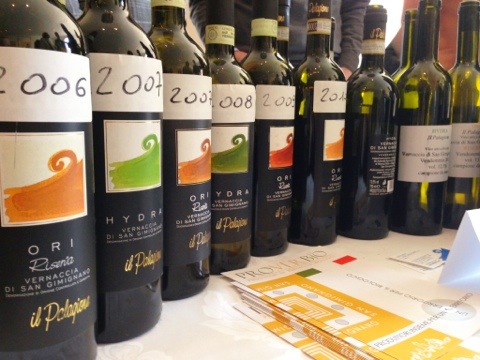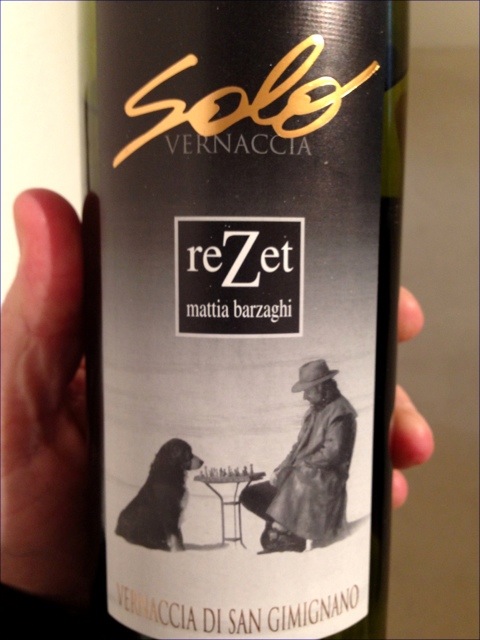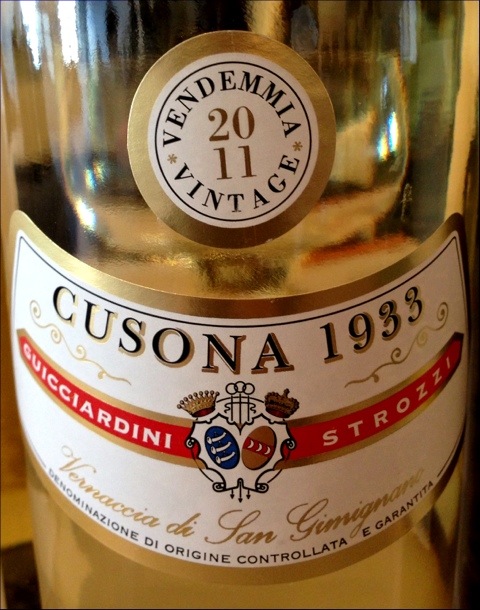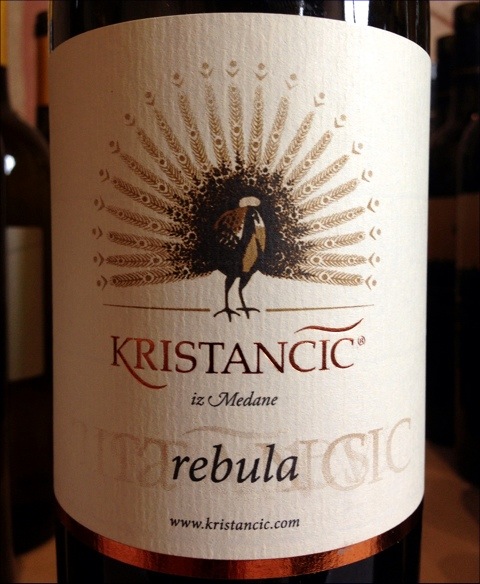Vernaccia: patient progress
Posted on 19 February 2013
[I am blogging live from Italy, be sure to subscribe to my RSS, follow me on Twitter or at least bookmark this summary page.]
So after Chianti, Vernaccia. The host of wine writers seeking to assess the new Tuscan vintages moved from red wine to white as we visited San Gimignano, the picturesque tower-laden Medieval-town that also produces Tuscany’s leading white wines.
I have been coming here for years (see my reports from 2010 and 2012) and I’m impressed with the progress. Patiently investing in quality, Vernaccia has rose to become one of the best values in Italian wine. It might lack the recognition of Friuli whites or the worlwide fame of Soave, but is definitely an overperforming appellation at present.
Vernaccia also has one major advantage today: its wines are always fresh and vibrant. Global warming is a fact any vineyard manager in the world will confirm. Italy has had an unprecedented string of hot dry vintages, including 2007, 2009, 2011 and 2012. Last year, temperatures at the beginning of September exceeded 40C. Yet Vernaccia is a wine that often stays at a safe 12,5% alc. (granted, some examples go north of 14%, but the majority are much lighter). It also retains a delicious lemony acidity that makes even the later-harvested examples vibrant and juicy.
On the whole 2012 looks a good to very good vintage here. It might have been a mediocre year of Italy’s reds, but for white wine it is a positive year. It is too early to say as most wines are still in tank, not bottles, and many have a post-fermentative yeasty brashness to them, but I think eventually 2012 will have the edge over 2011: it is similarly built with expressive fruit but has a bit more acidity, hence better balance.
Why Vernaccia performs well today, too, is that quality is distributed over a larger number of wineries. It used to be all about Panizzi (see my full profile) and Montenidoli (whose 2002 Riserva, tasted last year, is a world-class bottle), but now there is a good dozen estates making very good to excellent wines. From 71 wines tasted blind, I thought the basic bottlings of Cesani and La Mormoraia (made by young winemaker Mattia Barzaghi) were brilliant, followed by single-vineyard and Riserva examples from Fontaleoni and Casa alle Vacche. La Lastra, Guicciardini Strozzi, Il Palagione, and Le Calcinaie are also names to remember.
Every year Vernaccia holds a comparative tasting with another renowned European wine. Those I attended, with Pouilly-Fuissé and Loire Chenin Blanc, were thought-provoking, very enjoyable occasions. This year, the spirit of openness continued with Slovenia Rebula (Ribolla Gialla). We tasted five good, food-friendly wines from Kristančič, Jakončič, Sirk, Blažič, and the Goriška Brda co-op. The similarities with Vernaccia were surprising: both unaromatic, medium- to full-bodied, structured, ageworthy grapes, Rebula/Ribolla also has the welcome quality of making fully ripe wines at 12% alc. Ones to watch.
Disclosure
I am travelling to and staying in Tuscany on the joint invitation of the producers’ consorzios of Chianti DOCG, Vernaccia di San Gimignano and Brunello di Montalcino.







